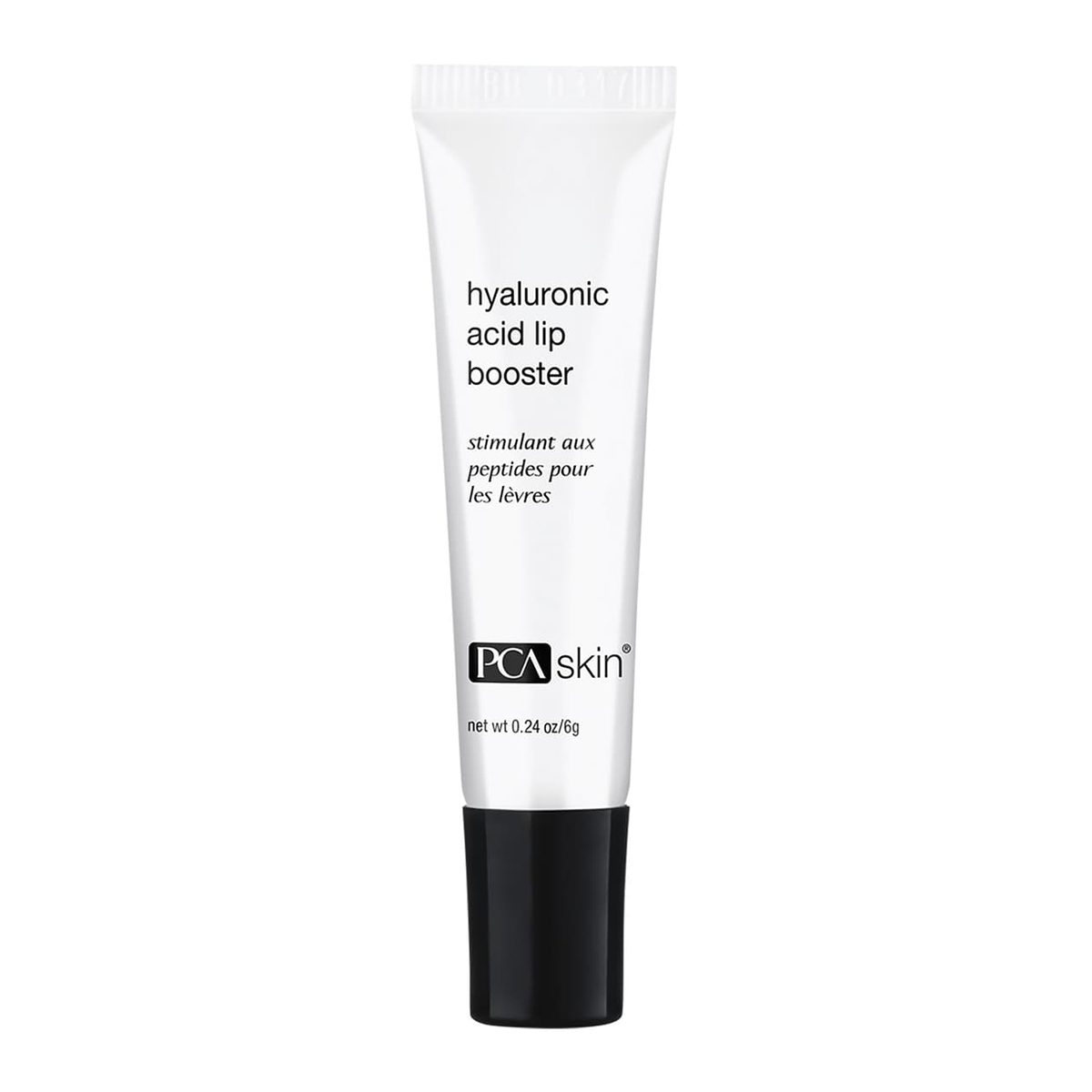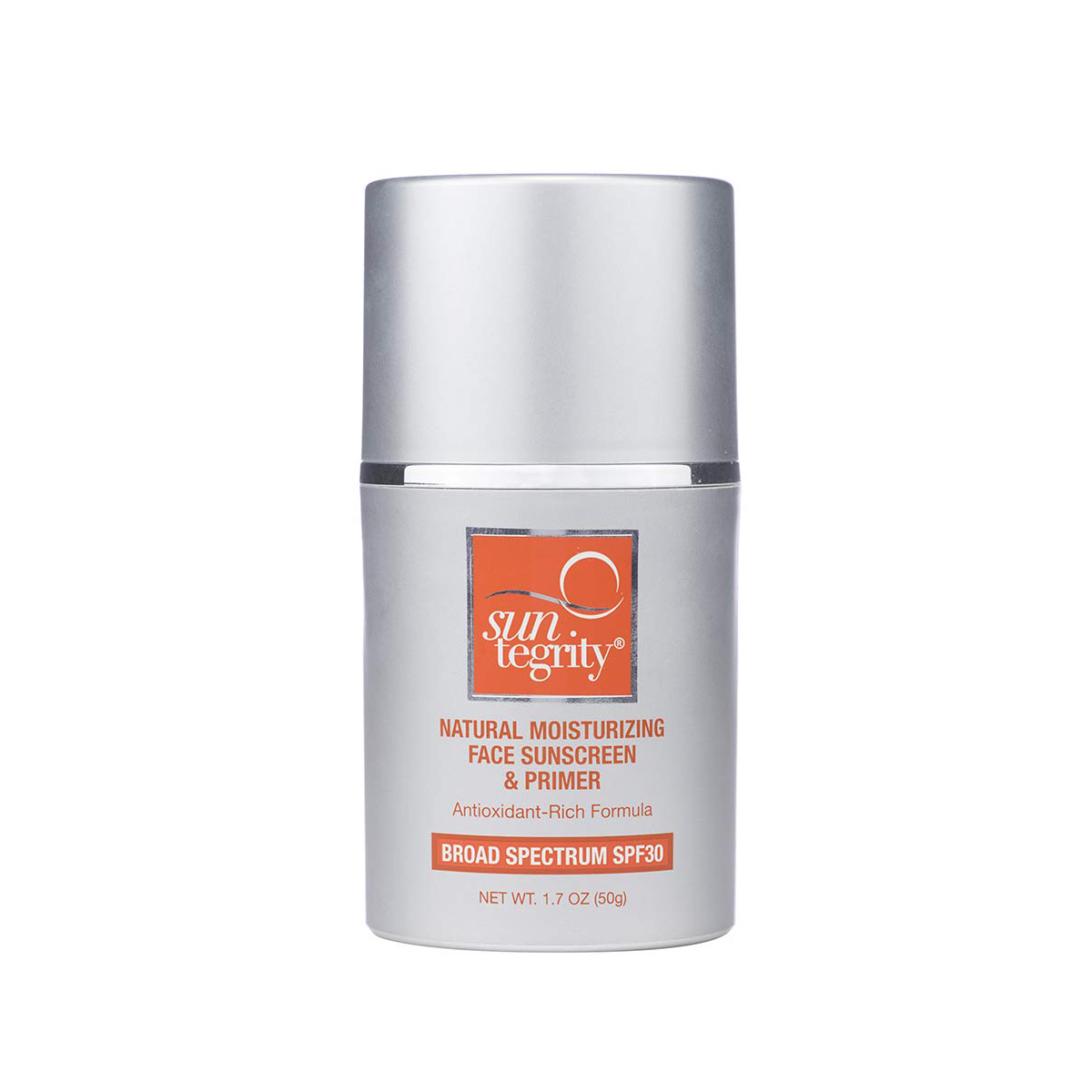6 Things That Will Probably Happen to Your Face This Winter—and How to Deal


We've been through this before, but the sudden onset of winter skin woes never loses its shock value. One minute we're happily sipping a chilled glass of riesling in August with our skin on its best behavior, and the next we're panic-ordering parkas from Zara and examining our complexions one inch from our mirror. Dryness, flaking, chapping, redness, breakouts… What worrisome skin symptom doesn't haunt us the second winter arrives?
The good news is that we're all in this together, and we've rounded up a couple of the best dermatologists in the business (one East Coast–based and one West Coast!) to help sort, explain, and solve our winter skin issues. Ahead, Jennifer Herrmann, MD, FAAD, of Moy Fincher Chips Facial Plastics & Dermatology in Beverly Hills, and Joshua Zeichner, MD, FAAD, director of cosmetic and clinical research in dermatology at Mount Sinai Hospital in New York, explain six common things that might just happen to your face this winter—and how to solve them. Keep scrolling!
Problem #1: Dryness
"Cold, dry winter weather takes a toll on our outer skin layer," explains Zeichner. "Unfortunately, the skin may not be able to naturally compensate for extreme cold, and microscopic cracks in the skin barrier may develop, which can lead to the loss of hydration and inflammation." Additionally, Zeichner tells us things we do to compensate (like long, hot showers) can exacerbate the problem by stripping the skin of the essential oils that normally maintain our healthy skin barrier—eek.
How to Deal
1. Apply Your Moisturizer at the Right Time
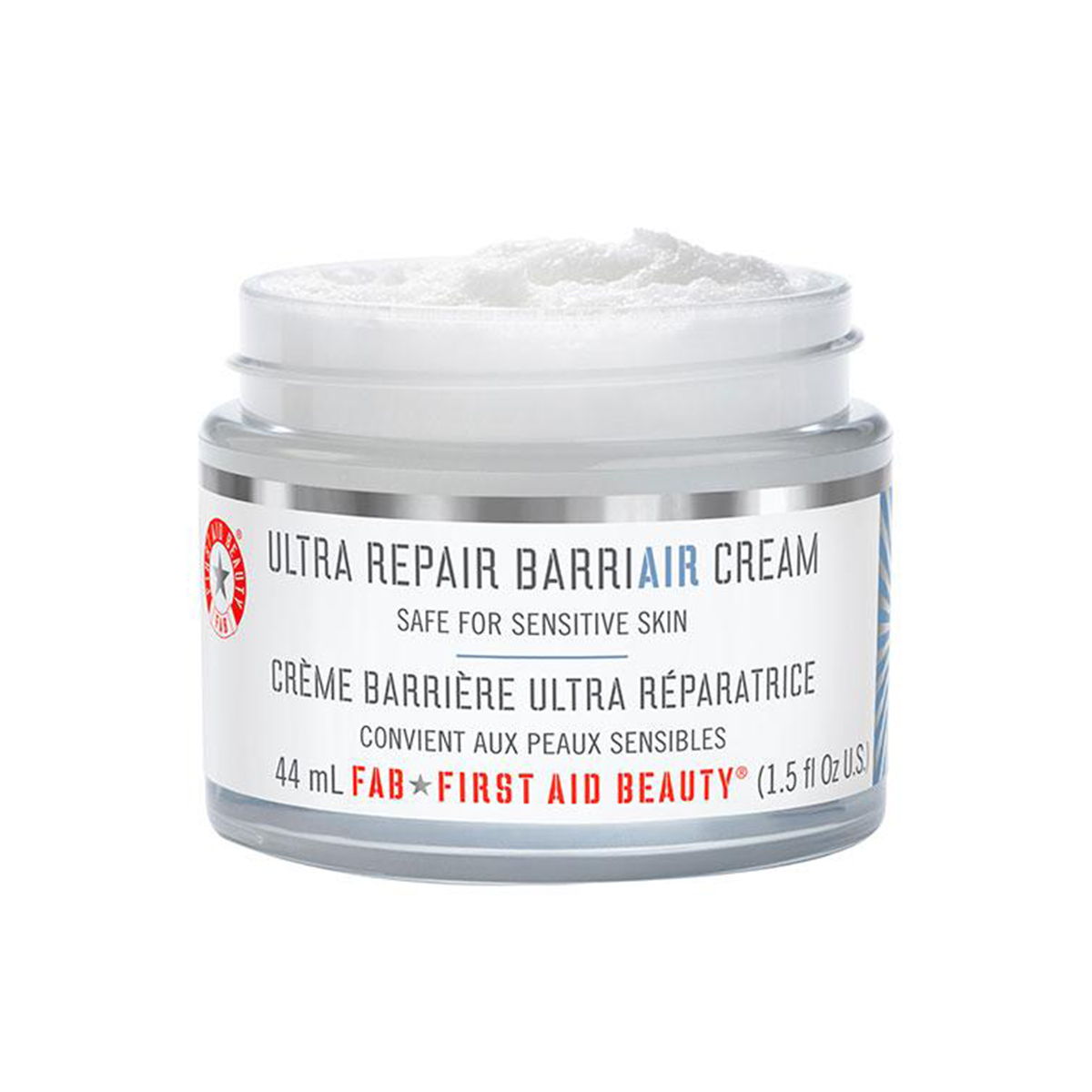
To keep your skin as soft, soft, and hydrated as possible, you have to be strategic with when you're layering on your creams and moisturizers—aka the second you step out of the shower and/or right before you leave the house. "It's important to moisturize immediately after bathing with a thick moisturizing cream that you scoop out of a jar or tub, not a thin lotion that you can squeeze onto the skin from a bottle," explains Herrmann. "Moisturizing creams that contain ceramides can help repair the barrier while those with hyaluronic acid can restore dewiness." (This epic cream from First Aid Beauty contains both!)

"Another product to consider is this rich cream from Eighteen B," suggests Zeichner. "It contains a specially formulated silk protein that acts both as a barrier and a carrier—it forms a protective but breathable barrier over the skin and carries hydrating ingredients like ceramides to fill in cracks in the outer skin layer."
2. Try Oatmeal
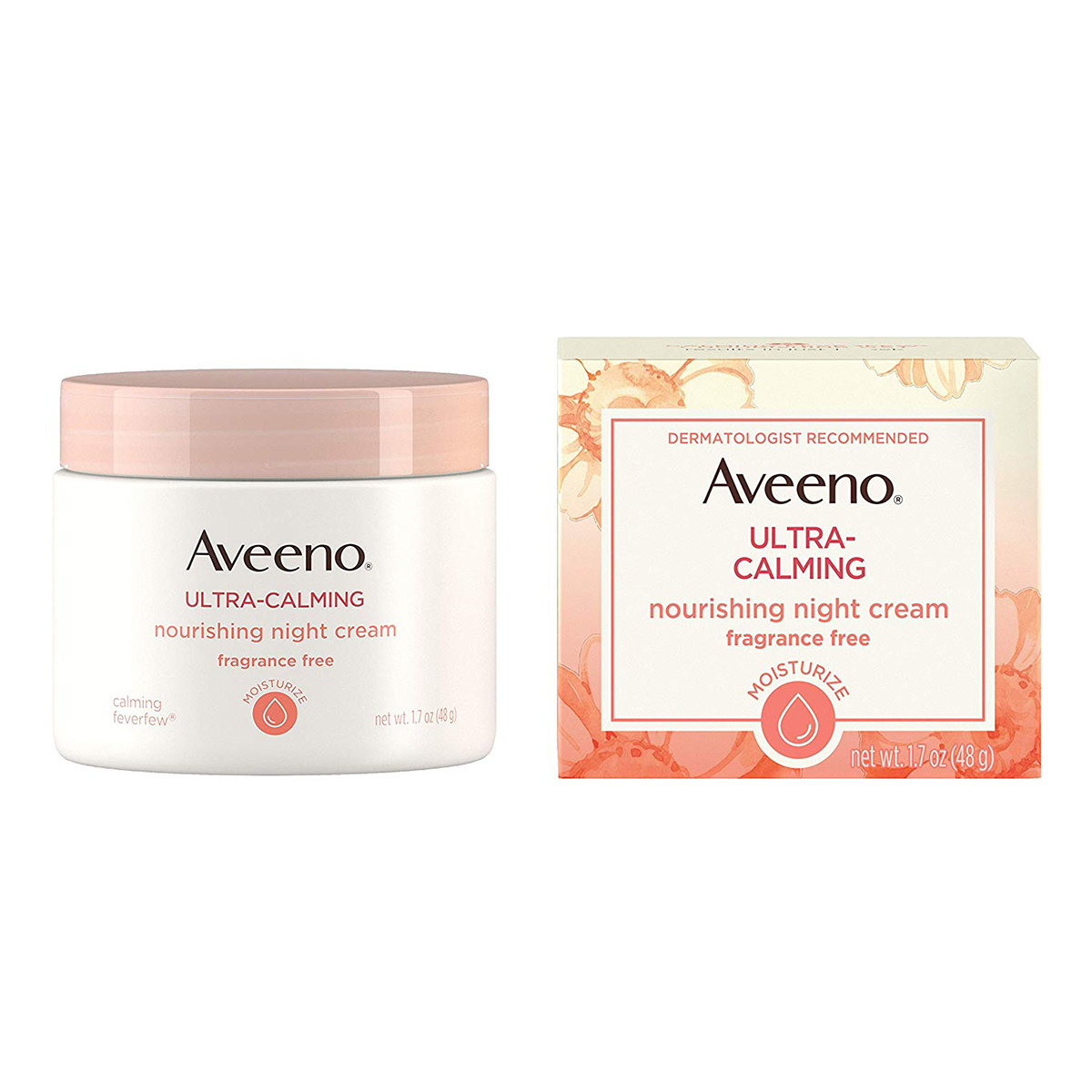
Both Herrmann and Zeichner agree that certain skincare ingredients like oatmeal can do wonders for dry, chapped winter skin. "Aveeno's Ultra-Calming Nourishing Night Cream ($19) is a great option—it contains colloidal oatmeal, which protects the skin from the environment, and the addition of feverfew can also help reduce inflammation," Zeichner tells us, although if dryness or cracking is super severe, Herrmann says a prescription anti-inflammatory cream may be necessary.
Problem #2: Dullness
According to Zeichner, when the skin becomes dry and irritated, dead cells may accumulate on the surface of the skin, leading to a duller complexion than we're used to. As he explains, if light cannot adequately reflect off the surface of the skin, it will look far less radiant.
How to Deal…
1. Invest In an Exfoliating Cleanser
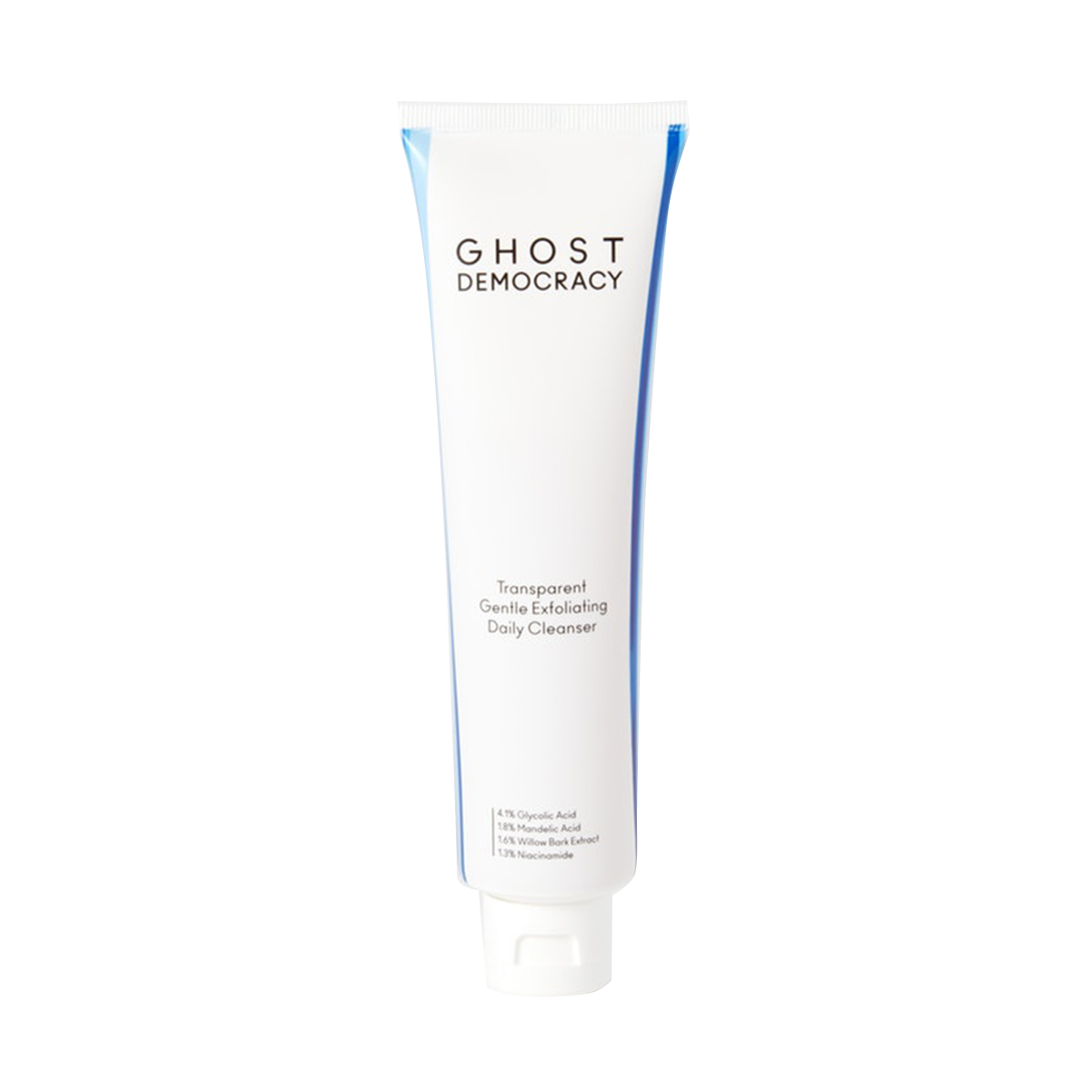
If you've been vigilant about keeping your skin moisturized but are still experiencing dullness or flaking, Zeichner says it's time to add a gentle exfoliating product into your winter skin regimen: "I recommend this daily exfoliating cleanser from Ghost Democracy—it's a clean formula that effectively removes dirt and oil from the skin, and brightens the complexion using a combination of glycolic and mandelic acid along with soothing niacinamide."
"In the office, my most popular procedure during the wintertime is the Clear + Brilliant laser," says Zeichner. "This laser helps brighten the skin and improve tone, and works by punching microscopic holes into the outer skin layer and allowing the skin to heal in a more cosmetically pleasing manner. Patients can actually go right back to work immediately after the treatment with virtually no downtime."
Problem #3: Chapped Lips
"Chronic lip-licking combined with cold weather and wind can strain the skin on the lips, leading to dryness, cracking, and irritation," Zeichner tells us.
How to Deal
1. Apply Your Lip Balm BEFORE You Notice Chapping
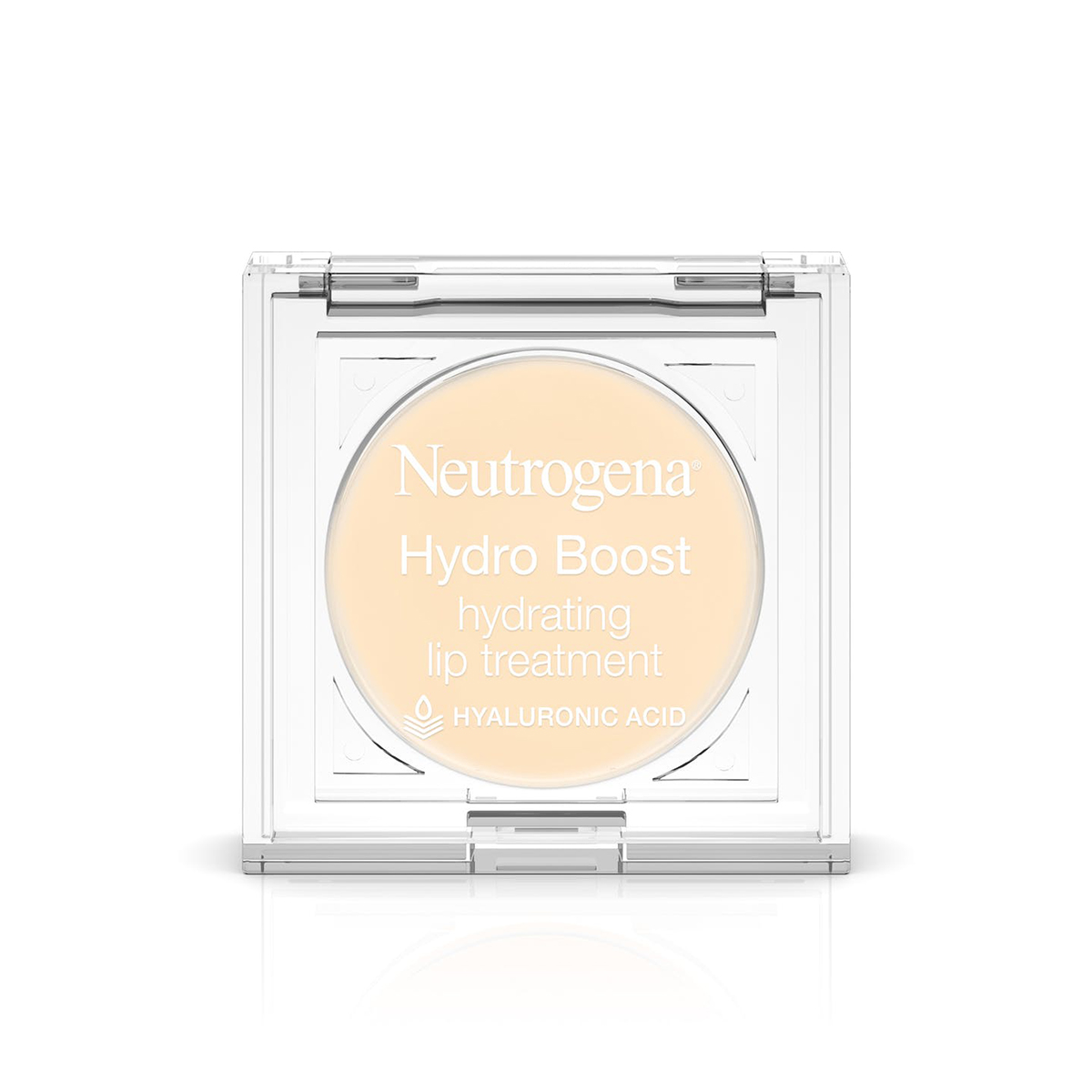
As far as preventing perpetually chapped lips this winter, it's all about choosing the right formula (something hydrating with hyaluronic acid!) and prepping lips prematurely so that you can prevent the chap before it starts—versus dealing with the aftermath.
"Do your best to avoid licking your lips, and use skin-protecting lip balms as needed—at the first symptom of dryness, apply the lip product," recommends Zeichner. It's much easier to prevent dry, cracked lips than it is to treat them afterward.
He likes this formula from Neutrogena, which contains high levels of hyaluronic acid (which binds to 1000 times its weight in water!) to hydrate the lips. And at WWW HQ, we're huge fans of PCA Skin's lip-plumping pick that's also enriched with HA.
Problem #3: Brown Spots
As Herrmann tells us, brown spots that become more noticeable is another common winter skin symptom that can be both confusing and frustrating. "Most people have slightly darker skin during warmer months because of increased sun exposure," she explains. "Then as we move back into colder weather, this baseline color fades, which can expose brown spots making them more obvious."
How to Deal
1. Wear SPF Every Single Day
"The winter is an ideal time to do in-office treatments that help remove unwanted discoloration because it's easier to protect skin under clothing as it heals," explains Herrmann. "My go-tos are the Clear + Brilliant laser, our PiQo4 Pigmentation laser, and fractionated ablative laser resurfacing with either our CO2 or Erbium lasers."
Problem #5: Acne
"The holiday season often means indulging in more sugar and alcohol, which in addition to causing dull skin and puffy eyes can also lead to breakouts by stimulating hormones to induce more oil production," warns Herrmann.
How to deal...
1. Choose Oil-Free Face Creams and Foundation
Problem #6: Redness
"Because of dryness, many people suffer from periods of skin redness during the winter," Herrmann shares. "Because dry skin often looks more wrinkled and dull, many overcompensate by using products that contain alpha- or beta-hydroxy acids to help brighten the skin, but usually they just end up making redness and irritation worse."
How to deal...
1. Don't Abuse Acids
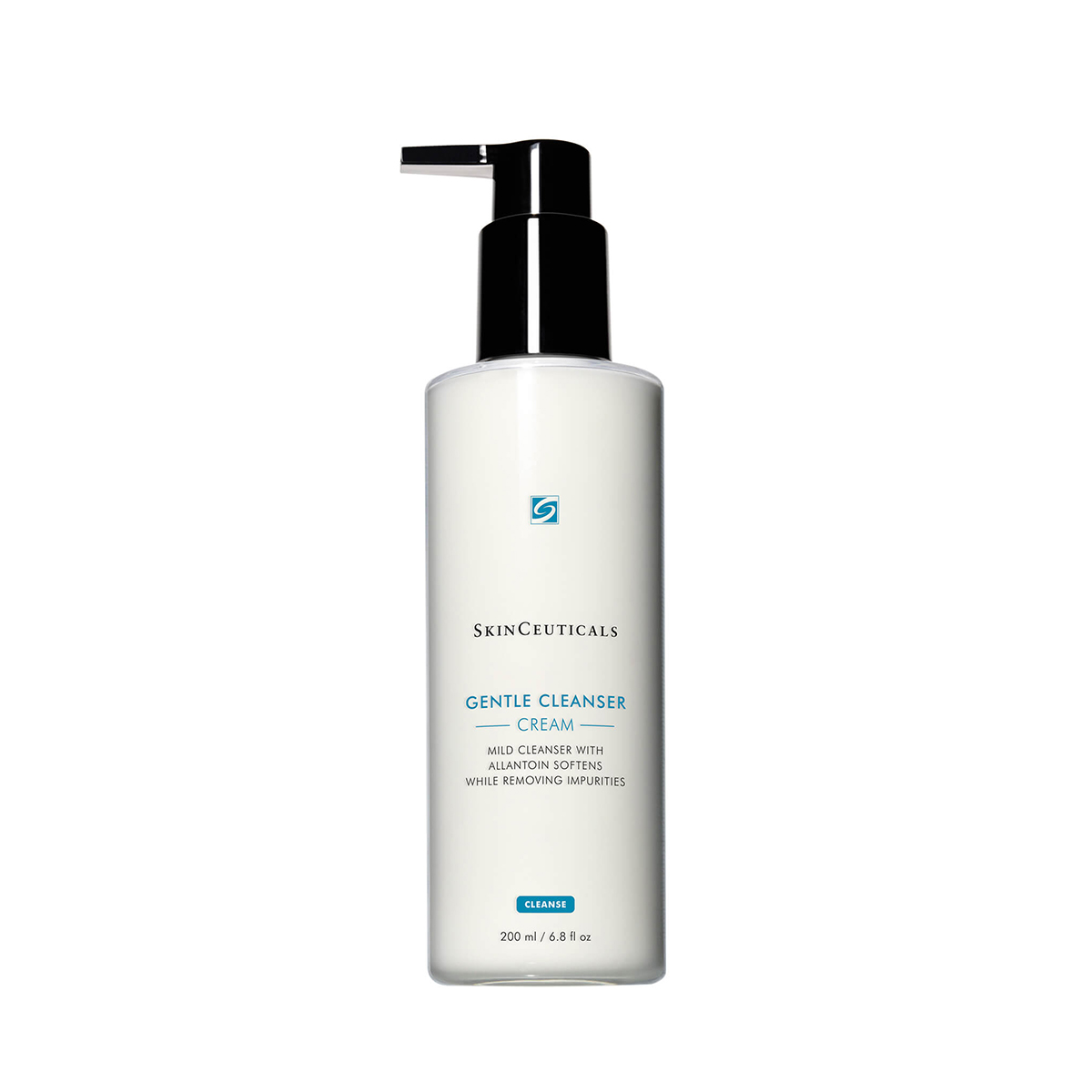
While exfoliating acids and products can help mildly exfoliate during the summer, Herrmann tells us that they can cause irritation and redness during cooler weather. Therefore, she recommends trading your more aggressive formulas for alternatives that are a tad more gentle (like this cleanser from SkinCeuticals!) that won't over-strip your skin's natural oils that it needs this time of the year."
Up Next: The French Beauty Capsule, AKA 15 Items Every Beauty Lover Has to Try

Erin has been writing a mix of beauty and wellness content for Who What Wear for over five years. Prior to that, she spent two and half years writing for Byrdie. She now calls Santa Monica home but grew up in Minnetonka, Minnesota, and studied writing, rhetoric, and communication at University of Wisconsin, La Crosse. She studied abroad in Galway, Ireland, and spent a summer in L.A. interning with the Byrdie and Who What Wear family. After graduating from UW, she spent one year in San Francisco, where she worked as a writer for Pottery Barn Kids and PBteen before moving down to L.A. to begin her career as a beauty editor.
